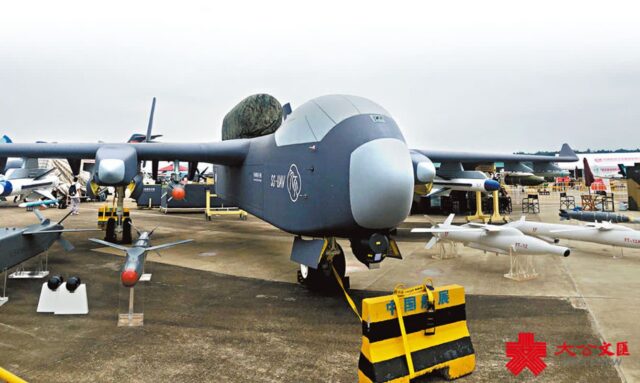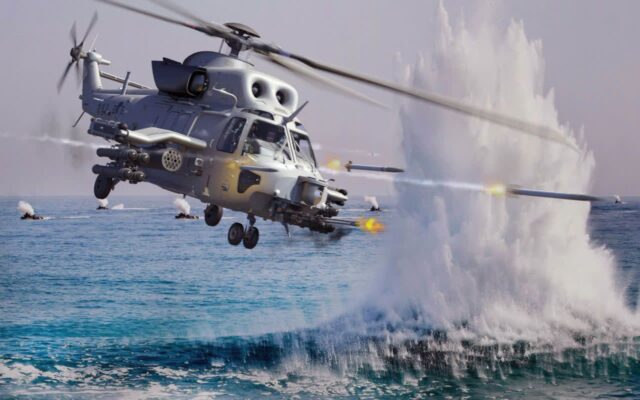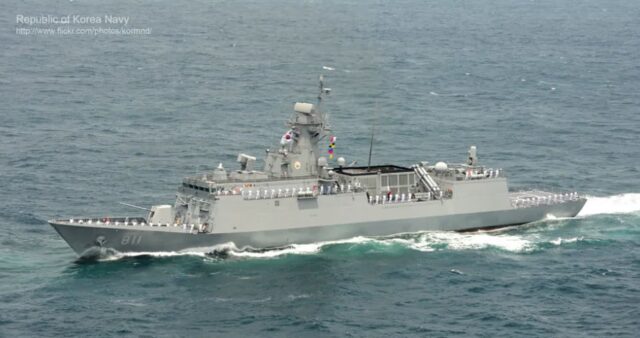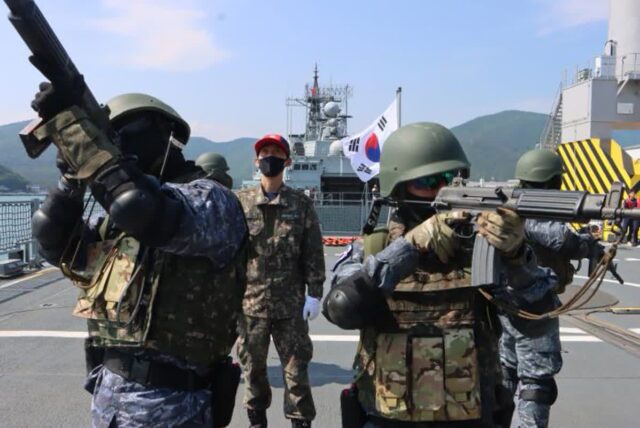
On Wednesday, South Korea’s Defense Acquisition Program Administration (Administrator Seok Jong Gun) announced the successful completion of a performance enhancement project for UH-60 helicopter simulators currently operated by the Republic of Korea Army. The initiative, part of the Maximization of Performance of Existing Forces program, significantly strengthens pilot training conditions by improving their ability to respond to tactical emergencies.
The UH-60 simulator is a device that uses three-dimensional imagery to recreate real-world flight environments vividly, enabling simulated piloting experiences from the ground. The simulator allows pilots to practice tactical scenarios, such as aerial combat with enemy aircraft, and respond to emergencies like severe weather and mechanical failures. It also provides significant cost-saving benefits compared to actual flight training.
Originally introduced into service in 2000 and 2008, the UH-60 simulators have greatly enhanced pilot mission capability. However, aging systems have led to decreased video quality, the discontinuation of key components, and increased costs for software maintenance and support.
Through this latest enhancement project, DAPA has replaced the entire video generation system—including beam projectors and monitors—thereby improving image quality, resolution, and visual depth. Video computers and operating servers were also upgraded, enabling the integration of new terrain data such as satellite imagery. In addition, screen lag issues were resolved, and system boot-up time was reduced from 30 minutes to just 10 minutes. The application of the latest components now ensures a stable supply chain and domestic maintenance capability, enabling more reliable operation and reducing maintenance costs.
Park Jung Eun, Director of the Defense Basic Power Project Support Division at DAPA (Senior Executive Service), stated, “With this UH-60 simulator upgrade, safer and more realistic flight training is now possible, which is expected to enhance pilot skills greatly.” He added, “Going forward, we will continue to respond promptly to the military’s requested performance upgrades through the Maximization of Existing Force Performance Program, thereby increasing user satisfaction in the field.”














Comments0